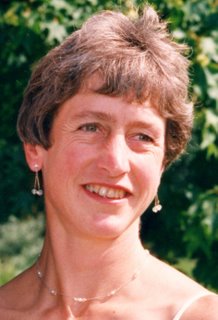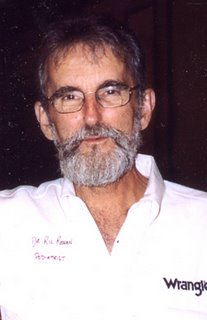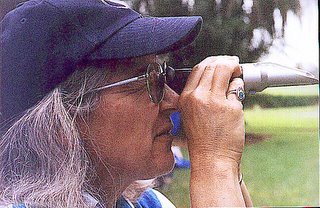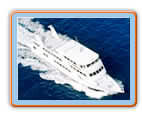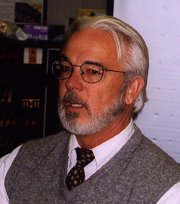
Use the information in this blog to learn a few helpful details about the Third International Equine Conference on Laminitis and Diseases of the Foot. Check this blog up until November 3rd for updates. You might want to print out the blog and bring it with you in case you are delayed.
The official site for the conference is www.slackinc.com/laminitis or call 1-877-307-5225. Be sure to visit that site for official information.
On this informal site, I may occasionally refer to the conference as Palm Beach Laminitis, or PBL. Often, I will be posting to this blog by email, so please have patience. Also, information is guaranteed to be only accurate at the time of posting and some details may change.
Use the links at left to preview lectures, learn more about individual lecturers, and make the most of your educational experience at the conference.
If you haven't officially registered, please do that as soon as you can so that plans can be made to print enough proceedings books, have enough food, and sort out which wet labs are likely to be mobbed.
As with all blogs, the posts (except this intro) are in order beginning with the most recent post first. New posts may appear in any order, and old posts may disappear. Check back for updates.
Information on this blog is posted for the use of attendees at the Third International Equine Conference on Laminitis and Diseases of the Foot. This blog is an informal information source and may contain unintentional errors or omissions. Please double-check all information. Information is not intended for use beyond the conference group. All contents copyright 2005 Hoofcare Publishing. For more information about the conference, please visit www.slackinc.com/laminitis or call 1-877-307-5225. To contact Fran Jurga or Hoofcare & Lameness Journal, creators of this blog, please visit www.hoofcare.com or call 978 281 3222. Thank you!

